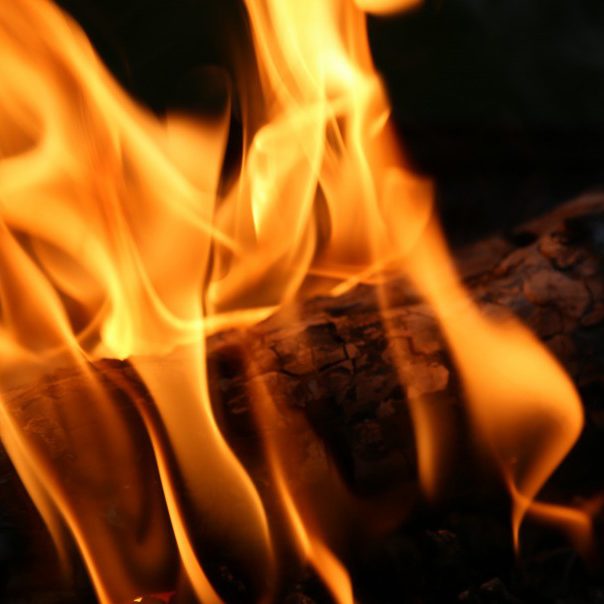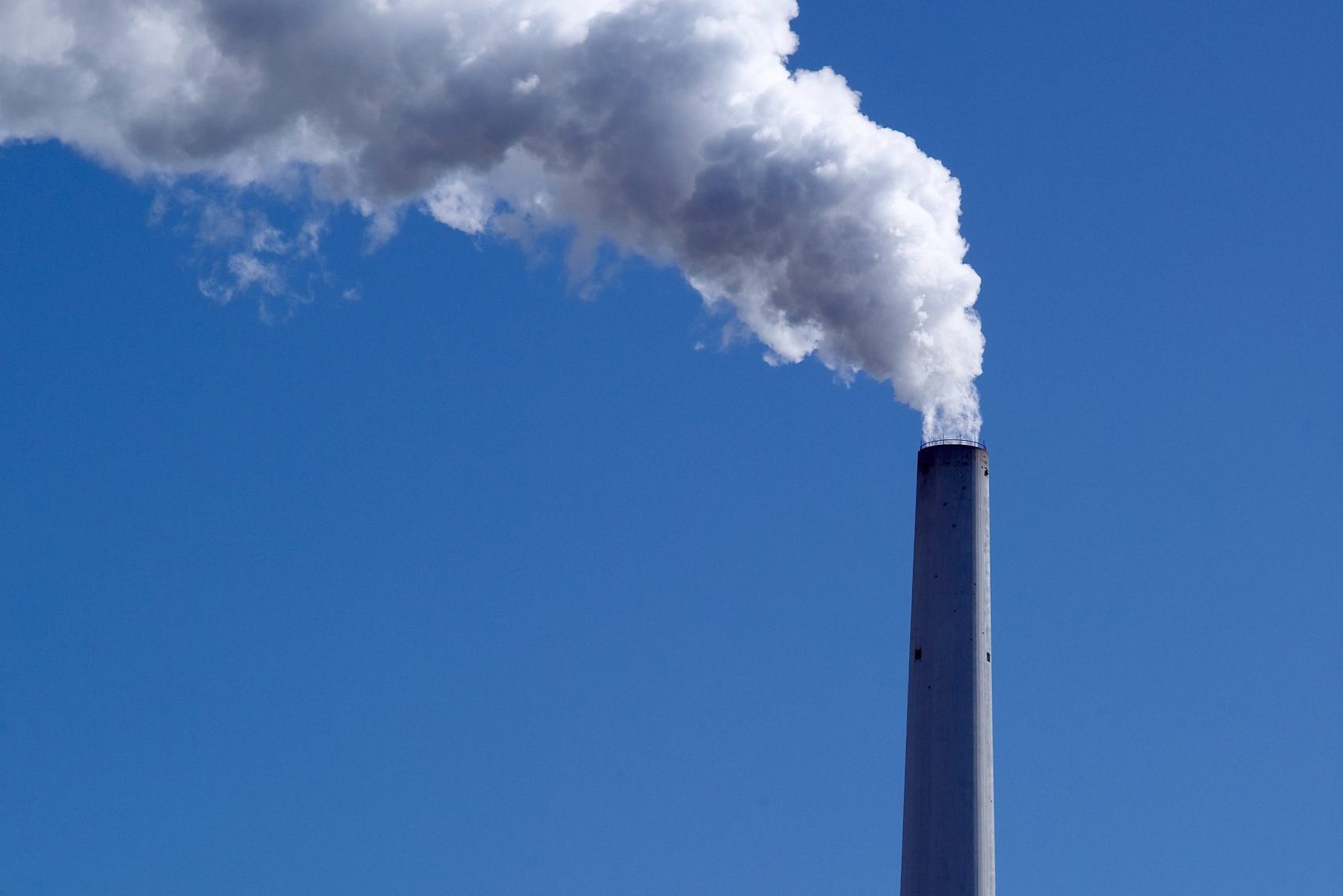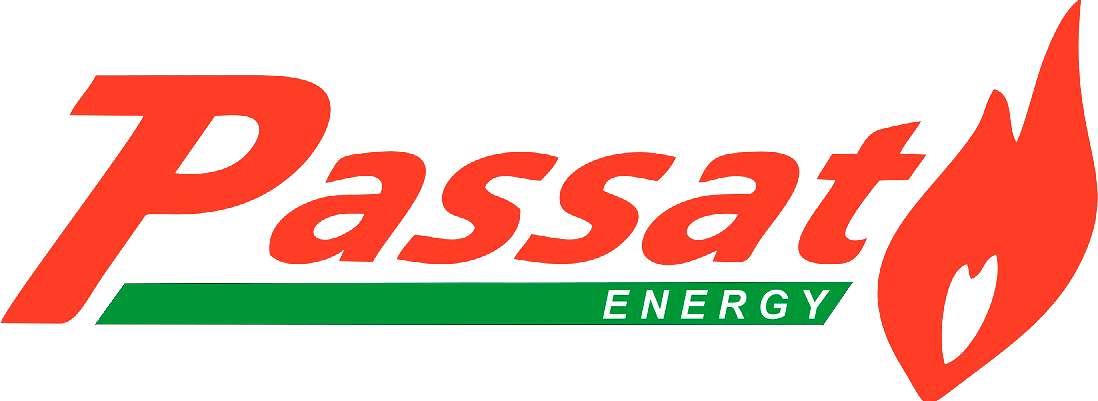Rules for setting up biofuel systems
Before you buy a
Biofuel System
If you are considering purchasing a biofuel system, you should be aware that there are a number of requirements for both the combustion plant itself and the installation.
All Biofuel systems, from stoves to wood pellet stoves, must be tested and approved before they can be installed.
Requirements are made for efficiency, particle emission and fire conditions around the installation.
Therefore, as a consumer you should always ensure that these requirements are met.

Requirements for efficiency of biofuel systems
According to the building regulations, all biofuel-fired boilers must have an efficiency that complies at least with boiler class 5 according to the standard EN 303-5. This means, for example, that a boiler of 20 kW must have an efficiency of at least 88.3%.
Today, the efficiency of new biofuel boilers is 80-90% for manually fired boilers and 85-95% for automatically fired boilers.
Kedler som er fyret med halm er undtaget for kravet.
For wood-burning stoves and stoves, the EU's mandatory CE marking requires a minimum efficiency of 50%. Most new ovens today have an efficiency of 70%, and if you choose a Nordic Ecolabelled oven, an efficiency of at least 75% is required.
Emission requirements for biofuel systems
To reduce air pollution from biofuel plants, there are requirements for particulate pollution. In practice, this means that when setting up biofuel plants, a test certificate must always be included on the combustion plant, which proves that the plant complies with the legal requirements for particulate emissions.
The test certificate must be signed by your chimney sweep before the plant can be connected and it is the owner's responsibility that the plant has a documentation / test certificate.


Fire requirements for biofuel systems
In order to function optimally and safely, biofuel systems must be installed correctly. The system must therefore always be installed in accordance with the supplier's instructions and in accordance with applicable legal requirements.
This means that the plant must comply with fire safety requirements, as stated in the building regulations (see above), Fire Technical Guidance (BTV 32), and the Danish Working Environment Authority's regulations (At-guidance b.4.8)


